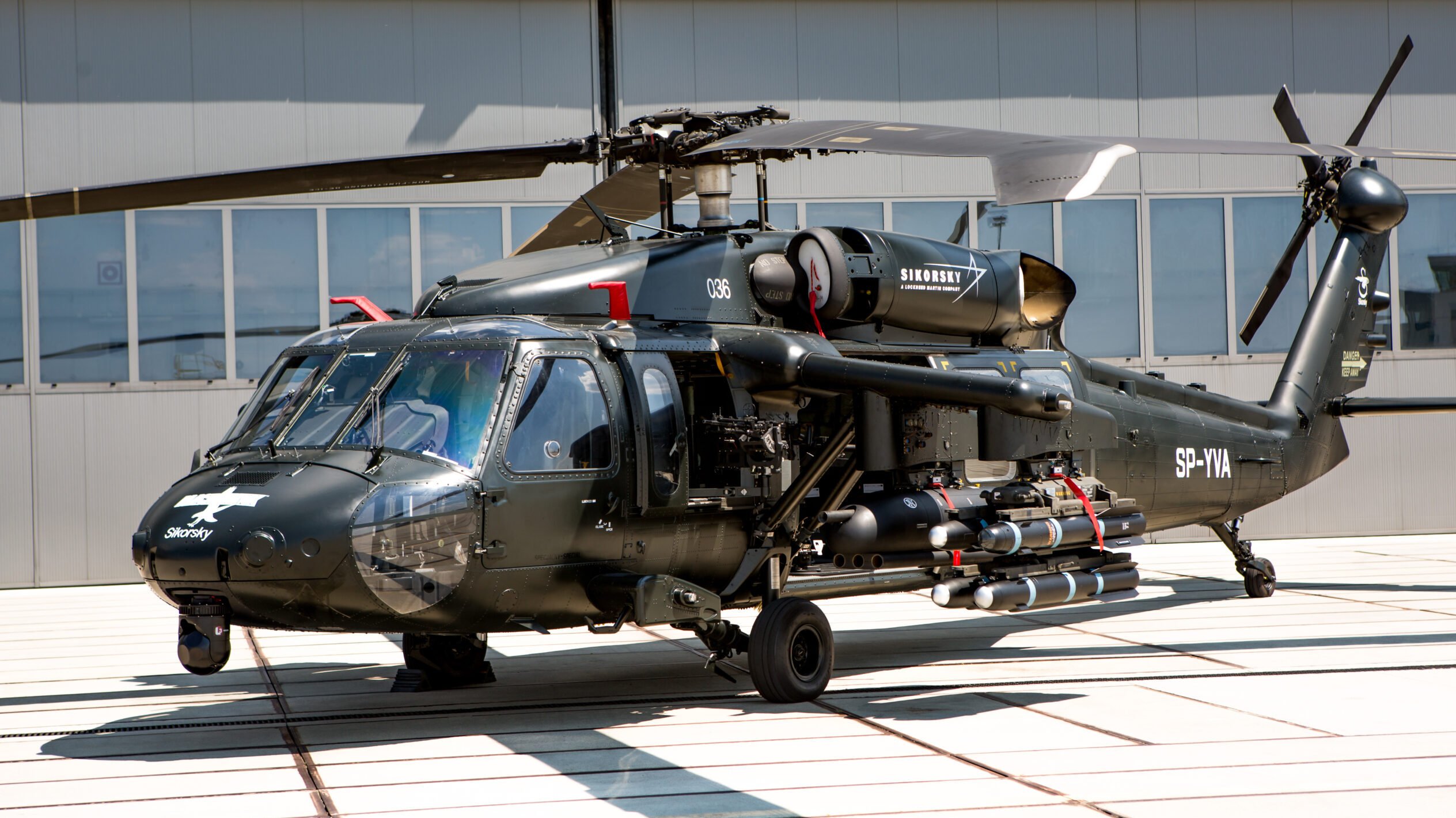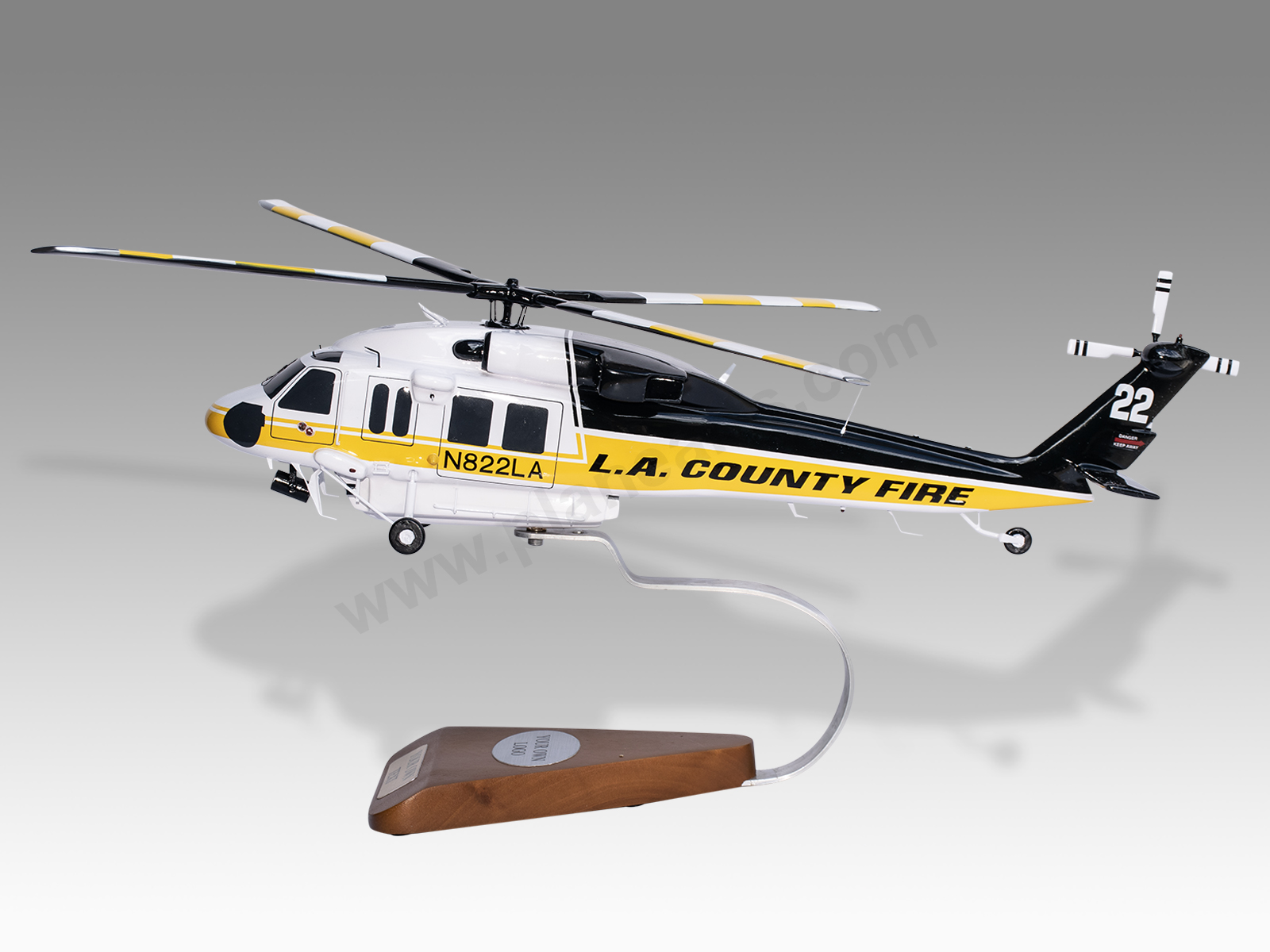Discovering the Capacities of the Sikorsky S 70: An Extensive Evaluation
Discovering the Capacities of the Sikorsky S 70: An Extensive Evaluation
Blog Article
High-Performance Multi-Role Rotorcraft Featuring Advanced Cockpit Technologies and Integrated Sensing Unit Equipments
The realm of rotorcraft modern technology has seen notable improvements in current times, particularly in the realm of high-performance multi-role rotorcraft equipped with advanced cabin innovations and flawlessly integrated sensing unit systems. In the complying with conversation, we will check out the evolution of rotorcraft innovation, dive into the world of advanced cockpit technologies, and analyze the ramifications of incorporated sensor systems on the operational convenience and efficiency of contemporary rotorcraft.
Evolution of Rotorcraft Modern Technology
The development of rotorcraft technology has been noted by significant developments in aerodynamics, materials, and propulsion systems, shaping the abilities and efficiency of modern-day rotorcraft. Wind resistant improvements have enhanced the effectiveness and ability to move of rotorcraft, enabling enhanced rate, dexterity, and stability during trip (sikorsky s 70). Advancements in products, such as making use of composite products and advanced alloys, have actually caused lighter yet stronger rotorcraft frameworks, boosting overall efficiency and durability. In addition, advancements in propulsion systems, consisting of a lot more effective engines and cutting-edge propulsion modern technologies, have actually enabled rotorcraft to achieve higher elevations, faster rates, and better hauls.
These advancements have not just transformed the capabilities of rotorcraft yet have actually also increased their applications throughout various sectors, consisting of military, business, and emergency situation solutions. The continuous advancement of rotorcraft innovation remains to drive innovation in the area, pushing the borders of what is possible and forming the future of vertical trip.
Advanced Cockpit Innovations
Structure upon the fundamental advancements in the rules of aerodynamics, materials, and propulsion systems, the world of rotorcraft technology currently shifts emphasis in the direction of pioneering Advanced Cabin Innovations. The integration of cutting-edge innovations within the cockpit atmosphere plays an essential duty in enhancing the functional capacities, security, and performance of modern rotorcraft. sikorsky s 70. Advanced Cabin Innovations incorporate a broad selection of functions created to provide pilots with improved situational recognition, streamlined data management, and user-friendly control user interfaces
Among the vital improvements in cabin design is the application of glass cabins, which change traditional analog evaluates with high-resolution display screens. These electronic systems provide adjustable formats, real-time data integration, and enhanced readability, allowing pilots to accessibility crucial info at a look. Advanced avionics systems, such as fly-by-wire controls and increased fact screens, are revolutionizing exactly how pilots connect with the airplane, enabling for exact control and boosted decision-making capacities.


Integrating sophisticated cockpit innovations not just improves pilot performance but additionally adds to general objective efficiency and safety in intricate functional atmospheres. By leveraging cutting edge innovations within the cockpit, rotorcraft suppliers are setting new standards for functional excellence and goal success.
Integrated Sensor Equipments
With the development of rotorcraft technology, the assimilation of advanced Integrated Sensing unit Systems has actually ended up being paramount in enhancing functional effectiveness and safety and security. These Integrated Sensing unit Systems incorporate a broad array of technologies that give important information for numerous functions such as navigating, surveillance, targeting, and environmental tracking. By perfectly incorporating sensors like radars, cameras, lidar, and infrared systems right into rotorcraft, operators can take advantage of enhanced situational recognition, improved goal capabilities, and minimized pilot workload.
One secret benefit of Integrated Sensor Systems is their capability to collect real-time information and provide actionable insights to pilots and objective drivers. Advanced radar systems can discover and track targets over long distances, enabling for very early threat detection and efficient reaction preparation. In addition, incorporating infrared and electro-optical cams allows rotorcraft to carry out reconnaissance and surveillance objectives with precision and accuracy.
Essentially, the combination of sophisticated sensing unit modern technologies right into rotorcraft not just boosts functional performance yet also contributes dramatically to general goal success and team safety and security. As rotorcraft remain to advance, the role of Integrated Sensor Solution will unquestionably stay at the center of development in the aerospace sector.
Functional Flexibility and Efficiency
Enhancing operational convenience and performance in rotorcraft is an all-natural progression from the integration official site of sophisticated Integrated Sensor Equipments. By leveraging the information and insights offered by these cutting-edge sensing unit systems, rotorcraft can enhance their performance throughout various goals and atmospheres.
Operational convenience includes the ability of rotorcraft to adjust to different duties and situations efficiently. With innovative cockpit innovations and integrated sensor systems, rotorcraft can seamlessly change between jobs such as search and rescue, medical evacuation, monitoring, and more. This convenience improves the rotorcraft's capacity to meet varied operational demands without requiring extensive reconfiguration.
Effectiveness in rotorcraft operations is crucial for optimizing mission performance and resource application. Integrated sensor systems play an essential duty in improving functional performance by offering real-time information on weather, surface mapping, target monitoring, and great site much more. This information makes it possible for pilots to make educated choices promptly, optimize trip paths, save gas, and boost overall objective efficiency.
Influence on Modern Aviation Operations

Moreover, the integration of advanced sensing units facilitates boosted goal preparation and implementation, making it possible for rotorcraft to carry out a variety of jobs with improved precision. From search and rescue procedures to airborne firefighting and police missions, the capacities of contemporary rotorcraft outfitted with innovative cabin technologies and incorporated sensing unit systems are unequaled.
Additionally, the impact of these improvements extends beyond functional performance to cost-effectiveness and sustainability. By optimizing trip routes, fuel consumption, and maintenance routines, high-performance rotorcraft geared up with innovative cockpit innovations and sensing units contribute to lowering functional prices and environmental impact, making them indispensable possessions in modern aeronautics procedures.
Conclusion
Finally, the high-performance multi-role rotorcraft with sophisticated cockpit modern technologies and integrated sensor systems represents a considerable advancement in air travel modern technology. These advancements enhance operational versatility and efficiency, ultimately influencing modern aviation procedures in a favorable means. The combination of these advanced modern technologies permits boosted capabilities and efficiency in different mission situations, showcasing the continued development of rotorcraft modern technology in the aeronautics sector.
The realm of rotorcraft modern technology has seen notable developments in recent times, particularly in the world of image source high-performance multi-role rotorcraft outfitted with cutting-edge cabin technologies and seamlessly incorporated sensing unit systems. From improved goal adaptability to boosted functional performance, the merging of advanced cabin innovations and incorporated sensor systems has ushered in a new era of possibilities for rotorcraft applications. In the complying with discussion, we will discover the evolution of rotorcraft technology, dig into the world of innovative cabin developments, and analyze the implications of integrated sensor systems on the functional versatility and effectiveness of contemporary rotorcraft.

Report this page